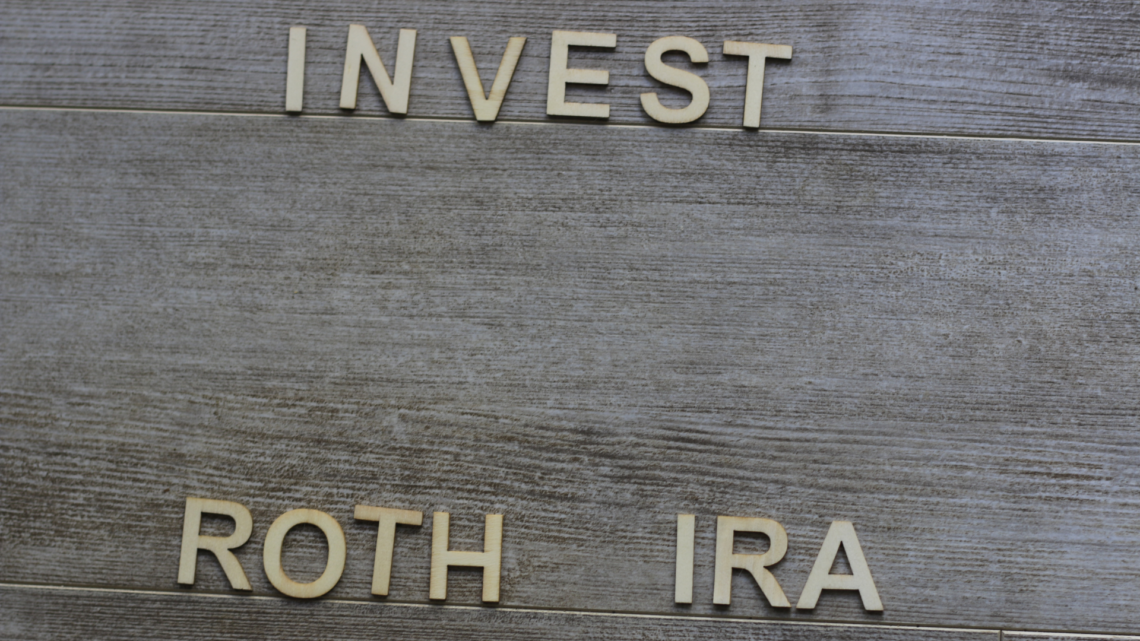
The Differences Between Traditional and Roth IRAs
Are we planning our retirement and wondering which IRA is best? Traditional and Roth IRAs are two popular options, each with unique advantages. Understanding the differences between these accounts can help us make an informed decision about how to save for our future. In this blog post, we’ll explore the key features of traditional and Roth IRAs to choose the best one based on our financial goals and current situation. Let’s dive in!
Understanding Individual Retirement Accounts (IRAs)
Individual retirement accounts, or IRAs, are a type of investment account that can be used to save for retirement. There are two main types of IRAs: traditional IRAs and Roth IRAs. Both types of IRAs have different rules and benefits.
Traditional IRAs are tax-deferred, meaning we can deduct contributions from our taxes in the year we make them. However, we will pay taxes on our withdrawals in retirement. Traditional IRAs also have required minimum distributions (RMDs), meaning we must start withdrawing by age 70.
Roth IRAs are not tax-deferred, meaning we cannot deduct contributions from our taxes. However, we will not pay taxes on our withdrawals in retirement. Roth IRAs also do not have required minimum distributions (RMDs).
A roth ira tax strategy can be particularly advantageous for individuals who anticipate being in a higher tax bracket during retirement, as it allows them to lock in tax-free withdrawals on their savings.
The most significant difference between traditional and Roth IRAs is how they are taxed. With a traditional IRA, we get a tax break when we contribute but pay taxes on our retirement withdrawals. With a Roth IRA, we don’t get a tax break when we contribute, but we don’t pay taxes on our withdrawals in retirement.
Which type of IRA is best for us depends on our circumstances. If we think we will be in a lower tax bracket in retirement, then a traditional IRA might be better for us. If we believe we will be in the same or higher retirement tax bracket, we’ll choose Roth IRA.
Regardless of the IRA type chosen, the key is to start saving early and consistently. Regular contributions over time can take advantage of compound interest, potentially growing retirement savings significantly. This financial security can be crucial in later years, providing the ability to live comfortably and securely.
For instance, if additional care and support are needed in old age, accumulated funds could facilitate a move to assisted living facilities like benchmark senior living brighton or similar options elsewhere. These facilities tend to offer specialized care and services tailored to individual needs, ensuring a fulfilling lifestyle in later years. Which can be super helpful if you are dealing with physical health issues like arthritis or mobility limitations.
Alternatively, if you have the financial security but do not wish to stay at a senior living facility yet require additional support and care, you could choose to avail home care services. You could explore home care of philadelphia or similar agencies elsewhere to find suitable options. Essentially, having money saved up can give you the freedom to select the type of care that best suits your preferences and needs, ensuring a comfortable and dignified retirement.
Key Differences Between Traditional and Roth IRAs
There are several key differences between traditional and Roth IRAs. The most significant difference is that with a traditional IRA, we make contributions with pretax dollars. In contrast, with a Roth IRA, we make contributions with after-tax dollars. That means that with a traditional IRA, we get a tax deduction on our contribution, while with a Roth IRA, we do not.
Another key difference is that with a traditional IRA, our money grows tax-deferred, meaning we don’t pay taxes on any of the earnings until we withdraw them in retirement. With a Roth IRA, our money grows tax-free, meaning we never pay taxes on any of the earnings, even when we withdraw them in retirement.
Finally, there are different rules for when and how much we can withdraw from each type of account. With a traditional IRA, we should take the required minimum distributions (RMDs) at age 70 1/2. With a Roth IRA, there are no RMDs; we can leave the money in the account as long as we want.
Understanding these differences can be important for retirement planning, as they can help you make sensible decisions that aligns with your financial goals. Moreover, consulting with a professional for your Wealth Management can also help in building a strategy that maximizes the the benefits of both types of IRAs, ensuring that you get a well-rounded approach to retirement savings. Conducting regular adjustments based on changing financial situations can also optimize long-term growth and security of your retirement funds.
Tax Implications of Traditional and Roth IRAs
Two of the most popular options are traditional IRAs and Roth IRAs. Both have their benefits and drawbacks, and it’s essential to understand the difference between them before deciding which one is right for us.
Traditional IRAs offer tax-deferred growth, meaning we won’t have to pay taxes on our investment earnings until we withdraw them at retirement. This can be a major advantage if we expect our retirement tax rate to be lower than it is now. Traditional IRAs also allow us to deduct our contributions from our taxable income, which can lower our overall tax bill.
However, traditional IRAs have a few drawbacks as well. One is that we will ultimately have to pay taxes on our withdrawals in retirement, which could mean a higher tax bill than if we had invested in a Roth IRA. Additionally, traditional IRAs typically have required minimum distributions (RMDs) starting at age 70. It means we must take money out of our account whether we want to. And finally, if we withdraw money from our traditional IRA before age 59, we will generally owe taxes plus a 10% early withdrawal penalty.
Roth IRAs offer many of the same benefits as traditional IRAs but with some key differences. Unlike traditional IRAs, Roth IRA contributions are not deductible from our taxable income. However, all earnings and withdrawals from the Roth IRA are tax-free, which can be a major advantage in retirement. Additionally, there are no required minimum distributions for Roth IRAs, so we can keep the money in our account as long as we’d like without having to withdraw it. Finally, if we need to access our money before age 59?, we can do so without owing taxes or penalties (as long as certain conditions are met).
Choosing Wisely Between Traditional and Roth IRAs
There are a few key factors to remember when choosing between a Traditional and Roth IRA. The main difference between the two is that with a Traditional IRA, our contributions are tax-deductible, while with a Roth IRA, our contributions are made with after-tax dollars.
Another key difference is that with a Traditional IRA, we will pay taxes on our withdrawals in retirement, while with a Roth IRA, our withdrawals are tax-free. This can be a significant factor to consider, especially if we are in a higher tax bracket in retirement.
Finally, it’s important to remember that with a Traditional IRA, we must take minimum distributions starting at age 70. At the same time, there is no such requirement for a Roth IRA. If we want to keep our money invested long-term and let it grow tax-free, a Roth IRA may be the better choice.
Choosing Between Traditional and Roth IRA
Traditional and Roth IRAs have different advantages and disadvantages depending on our circumstances. It’s essential to understand their differences before making any decisions. Both options can be beneficial when saving for retirement, but which suits us depends on our personal goals and financial situation. With some research, knowledge, and preparation, we should determine which IRA will work best for us in our unique situation.





